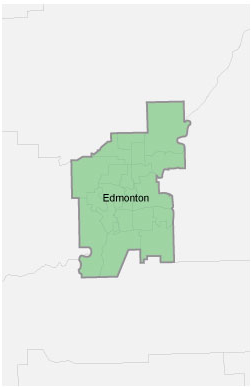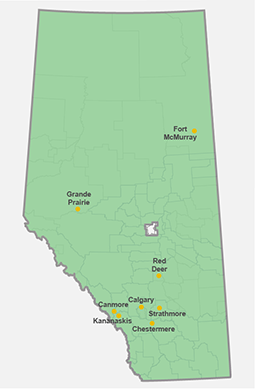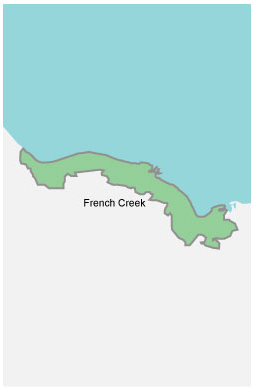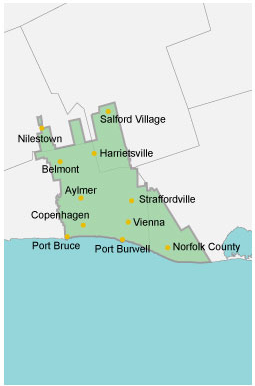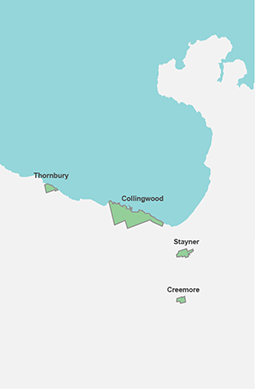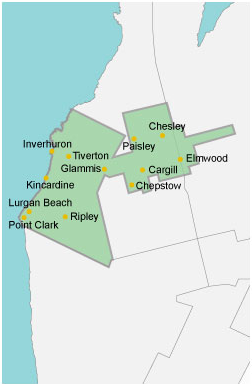The data collected from the new Ambient Air Quality Monitoring Station are being submitted to Alberta Environment and Parks (AEP), to comply with the Gold Bar Wastewater Treatment Plant operating approval. These data (which represent the hourly average) become publicly available from the AEP Air Data Warehouse every month.
A reading from any of the Air Quality Monitoring Stations (the new station, the Gold Bar station, or the Beverly Station) that exceeds the objectives established by AEP is immediately reported to AEP. At the same time, operations staff at Gold Bar initiate an investigation into the occurrence. The investigation includes:
- Verifying the time, date, location, and substance of the exceedance.
- Modelling to corroborate the exceedance and to identify the potential sources.
- Checking the wind direction at the time of the exceedance.
- Reviewing scrubber performance during the exceedance. (Scrubbers reduce odours by treating the air collected from the primary treatment process.)
- Checking data from the fenceline monitors during the time of the exceedance.
- Checking for other maintenance activities or drainage operations that may have contributed to the exceedance.
- Taking note of any public odour complaints received during this time.
These investigations help us determine if the exceedance is due to plant operations and what we can do to correct the situation. Sometimes we can address the situation immediately, however, these investigations also allow us to track trends over time and this will guide our long-term odour reduction plans.
In the unlikely event that safe levels of these substances are ever exceeded, EPCOR will let you know of any concerns and any precautions you should take. One of the ways we will notify you is our through our water outages and alerts page.
